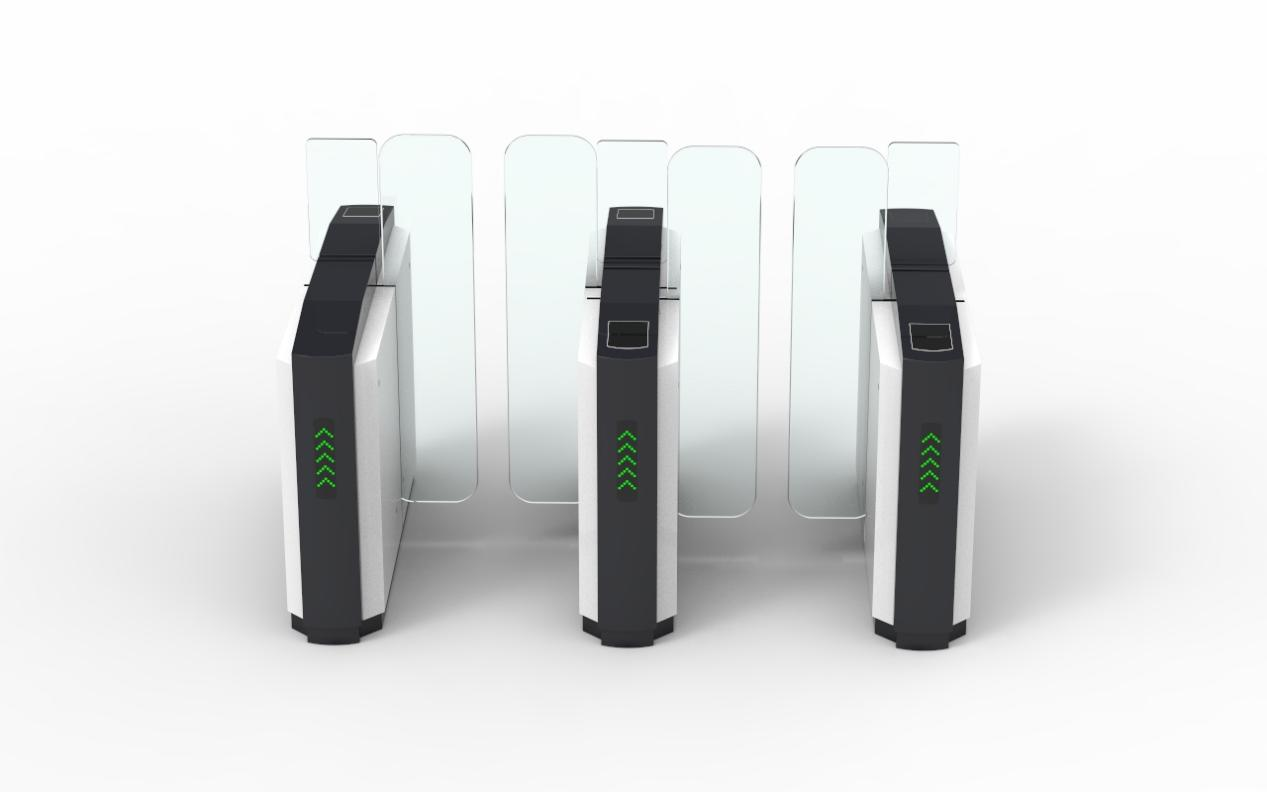Miért a testreszabás új szám az akadályiparban?
2025-09-17
In the field of access control, a silent sliding barrier is quietly changing the rules of space management. The sliding barrier, a market segment once dominated by standardized products, is experiencing a wave of customization. Manufacturers are discovering that product requirements for different application scenarios vary far beyond expectations, creating new opportunities for companies with flexible production capabilities.

ZOJE-PB105 Sliding Turnstile
Market demand drives differentiated competition
From high-end commercial complexes to international airports, from data centers to modern factories, each application scenario presents significantly different requirements for sliding barriers. Commercial spaces prioritize aesthetics and user experience, requiring products that blend seamlessly into the interior design; transportation hubs strive for extremely high traffic efficiency and reliability; and critical infrastructure prioritizes safety and security levels. This diverging demand forces manufacturers to provide more precise product solutions.
Industry analysis shows that customization demands primarily focus on several dimensions: exterior design needs to coordinate with the building environment, structural dimensions must adapt to on-site installation conditions, functional configurations must comply with specific management processes, and software systems must be compatible with existing management platforms. These demands have already exceeded the scope of traditional standard products.
Technological evolution supports customized implementation
The modular architecture of sliding barriers is becoming an industry standard. This design breaks down the product into independent units, such as the drive module, sensor module, and control module. Manufacturers can select different levels of modules to combine based on customer needs. This modular design ensures customization flexibility while controlling costs through scaled production.
Manufacturing systems meet the challenge of flexibility
Faced with the trend toward customization, manufacturing companies are reshaping their production systems. Customization of modern sliding barriers has gone far beyond simple color changes or logo additions. ZOJE has achieved comprehensive customization capabilities, from mechanical structure to control system.
At the hardware level, customization includes, but is not limited to: precise channel width design based on foot traffic data, barrier height adjustment for different security levels, and material surface treatments adapted to various climate environments. More importantly, the software system also supports deep customization—from recognition algorithms to backend management, it can be developed specifically to meet the customer's business processes.
"Modularity isn't just about assembling components," the ZOJE R&D team emphasized. "More importantly, it's about standardizing interfaces and unifying data protocols. This ensures the reliability and ease of maintenance of customized products."

ZOJE-PB106 Sliding Turnstile
Balance between industry standards and innovation
The wave of customization presents new challenges to industry standards. The industry faces the challenge of encouraging innovation while maintaining product compatibility and reliability. Some industry associations are promoting the establishment of modular interface standards to ensure interoperability between products from different manufacturers while leaving room for innovation.
Certification and testing systems also require corresponding adjustments. In response to the characteristics of customized products, testing agencies are developing new certification models to avoid unnecessary duplication of testing while ensuring safety, thereby reducing certification costs for businesses.
With the development of technologies like the Internet of Things and artificial intelligence, the customization of sliding barriers will enter a new phase. Future customization will not only encompass differences in hardware form, but will also be reflected in the level of intelligence. Through software-defined hardware, products can automatically optimize operating parameters based on usage scenarios, achieving true intelligent adaptability.
The market competition landscape will also shift accordingly. Companies with technological innovation capabilities and flexible manufacturing systems will gain greater advantages, while manufacturers of standardized products that rely solely on price competition will face increased pressure. This change will ultimately drive the industry towards higher value-added and healthier development.
Customization is not just a product strategy; it also reflects the increasing maturity of the industry. It signals a shift in the customizable barrier gate market from a product-oriented approach to a customer-demand-driven one. This shift will ultimately promote technological innovation and service upgrades in the industry, creating greater value for users.




